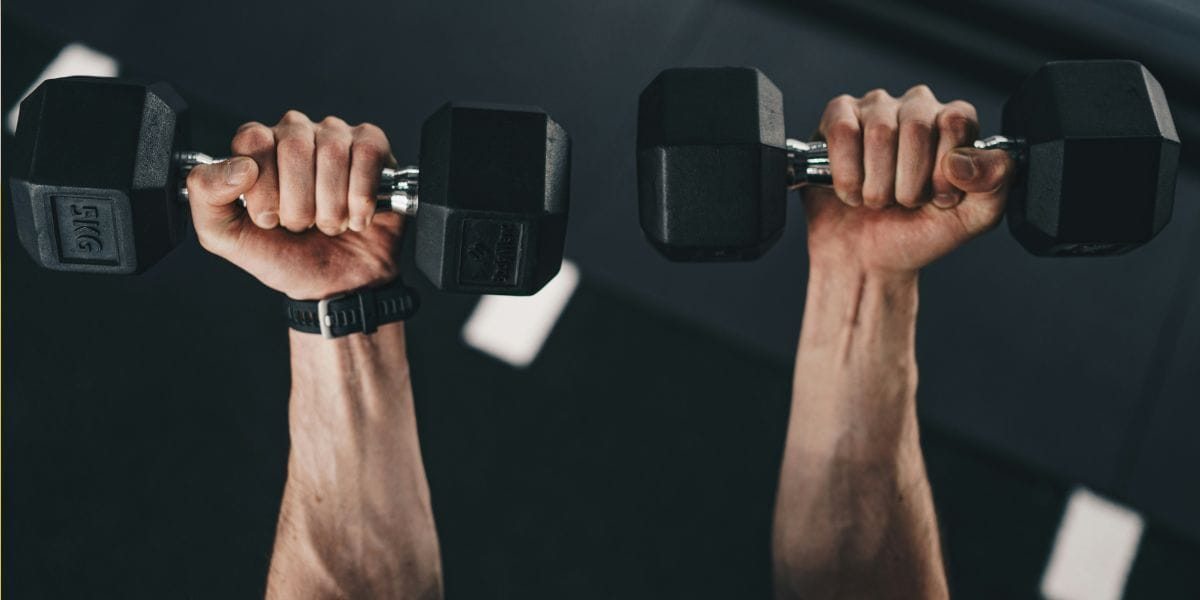So after you have saved a sizeable sum for your home deposit, and well done you, spare a thought for the other, often hidden costs associated with a property purchase.
Making sure you have all your ducks in a row is one of the fastest ways to save for a house and will help to fast-track your property owner journey.
1. Lenders mortgage insurance
If you haven’t stumped up at least 20 per cent deposit for the purchase price, which we know is a hefty sum, you’ll need to pay lenders mortgage insurance (LMI).
LMI is a one-off fee and protects the lender (usually your bank), against the risk of default to cover any shortfall. That is, in the event you have to sell your home, and the sale price of your home is not enough to cover the amount you owe to the lender - its pays the shortfall to the lender. It’s there to protect your lender, not you.
The amount of the insurance will vary, and depends on a few things like the size of the loan and the size of your deposit.
If you have saved a 5 per cent deposit on a $700,000 property, you’re not a first home buyer, and you plan for a loan term of up to 30 years, the cost of insurance could be around $33,000, according to the Genworth LMI calculator.
2. Building and pest inspection
This is an optional written report carried out by a licensed builder, surveyor or architect and is typically between $400 and $1,000, depending on if you live in a metropolitan or regional area.
While it is not obligatory, it is strongly recommended as the report can give you peace of mind and help you to avoid costly problems later on. It can also help you to negotiate a fairer price for the home, if there are any big issues.
It’s important to note that building and pest reports are not necessarily a catch-all and do not normally cover everything. Typically they assess things such as a separate laundry or toilet, fencing, steps, paths or driveways but not footings, air conditioning and paint coatings.
3. Conveyancing and legal fees
This is the cost of having the sale contract, mortgage document and any other legal documents prepared for you.
The conveyancer or solicitor reviews the sale contract and communicates the terms and conditions to the buyer. All up, this can cost around $2,000 or more.
4. Stamp duty
This is one of the few non-optional upfront costs for buying a house. Stamp duty on a property purchase is a state government tax.
The amount will vary from state to state. The dollar amount depends on the value of your property and exemptions may apply for first home buyers – but it can be tens of thousands of dollars.
For instance a $1 million residential home in NSW can cost you around $40,000 in stamp duty according to the Aussie Stamp Duty Calculator.
5. Loan application fee
Most lenders apply a fee for the privilege of applying for a loan. It can also be referred to as an establishment fee, up-front, start-up or set-up fee. If you aren’t charged this fee, you may be charged higher ongoing fees. Average establishment fees for a residential property can be between $200 and $700, according to Finder.
6. Storage
If you are moving between homes, you may need to put some or many of your belongings into a storage unit for a period of time. These can start very small from (for example 1m2) and can go up to mini warehouse size, depending on how much stuff you have.
The cost can range from around $36 per month to around $500 or more.
7. Removalist costs
You may need help lifting the bigger items, and the good news is that there are lots of affordable options to help you. Service providers like Airtasker can connect you with people offering to help, for a fee, if you need someone to lift your bed, fridge or sofa.
So in summing up, if you’ve managed to save for your home deposit, well done you! But also remember that the cost of property doesn’t stop with the home deposit and there are a string of associated costs that will help you on your path to being a property owner. Best of luck.



